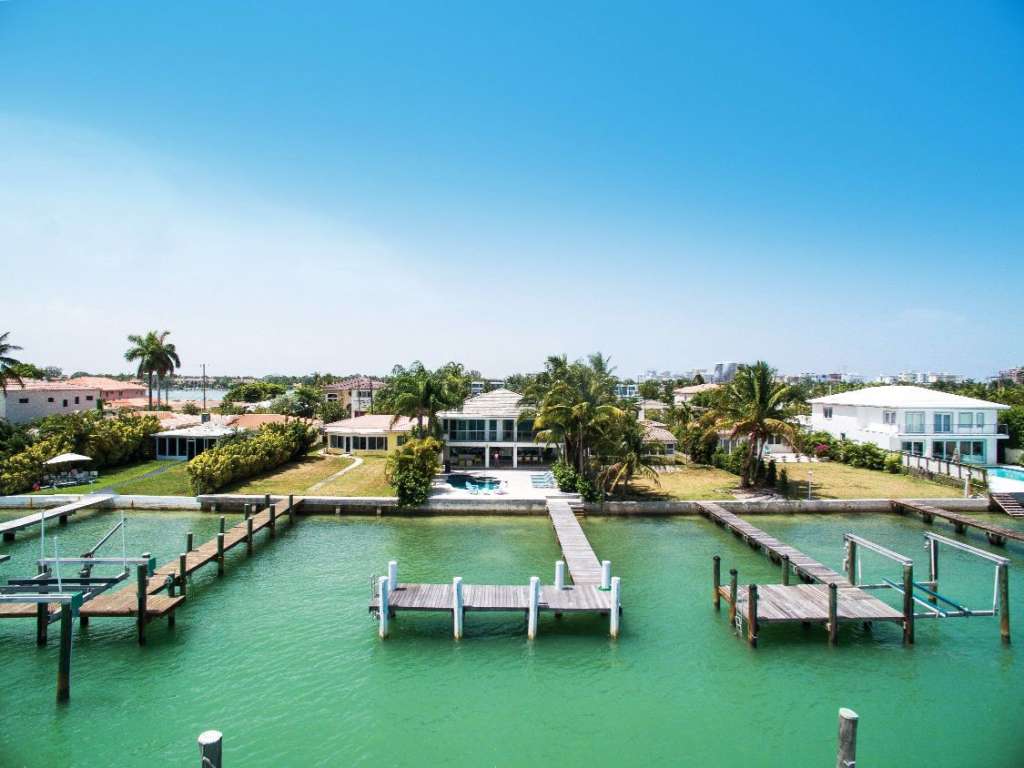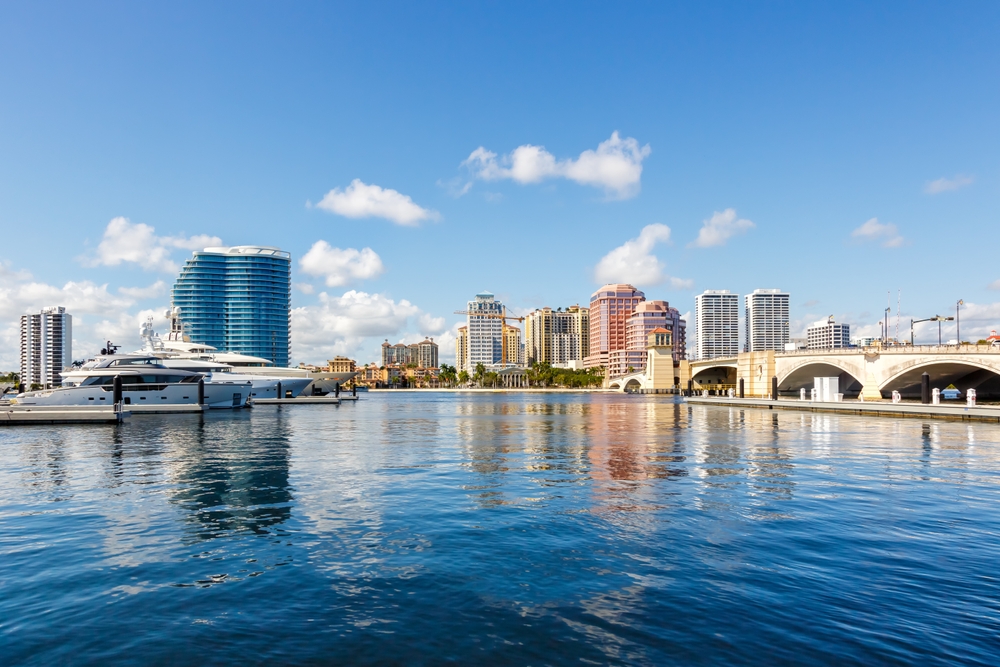Luxury homeowners in Miami know that climate change is real. Generally, those with the bucks tend to look for homes near the water. In Miami, though, the water has become an intruder, with prospective waterfront buyers looking into issues of emergency power and sump pumps before pitching near water’s edge.
Over the years, the floods in South Florida have claimed palatial lands as their own. Each year, another homeowner's palm tree gets swept away, along with more of his land, more of her garden patch. Water washes under security gates and pools around Buicks and Fords.
Flooding was first noted in 1926, when the Category 4 Great Miami Hurricane inundated Miami Beach. In the 1930s and the 1960s, the city built a storm drainage system to fight the problem. At that time, floods were referred to as a “recurring nuisance” that only occurred infrequently. But over the past two decades, frequent flooding and the science of climate change suggests otherwise. Temperature rises. So does water.
"This is the greatest threat humanity has ever faced," reported geo-spatial analyst, Keren Prize Bolter, earlier this year. "In South Florida, the water is coming in not just at the sides. It comes up from underground. Not even seawalls will stop the flow of water. This is bigger than the government."
According to the Intergovernmental Panel on Climate Change, sea levels could rise by more than three feet by the end of this century. The United States Army Corps of Engineers projects that they could rise by as much as five feet; the National Oceanic and Atmospheric Administration predicts up to six and a half feet.
Hal Wanless, chairman of the University of Miami’s geological-sciences department, says their estimations are too low. He's studied South Florida for more than 50 years and has concluded that the region has less than half a century to go until most of it will be completely submerged.
Those who suffer will not be only property owners but also developers, real estate lenders, and the financial institutions that bundle and resell mortgages.
Miami Beach has already spent something around a hundred million dollars and is planing on spending some hundred billion more. Wanless believes the funding is futile, since the water will overwhelm their efforts. Soon, banks will stop writing mortgages for luxury condos that line the waterfront, insurers will stop selling policies, and coastal residents will ditch their million-dollar properties and head for dryer ground.
In Mar-a-Lago, President-elect Donald Trump owns a 20-acre site that stretches between the Atlantic Ocean and the Intracoastal Waterway. In 2012, Mr. Trump denounced global warming as a Chinese-influenced hoax and appointed Myron Ebell as director of America’s Environmental Protection Agency. Ebell disbelieves that global warming exists and is caused by people.
But given the possibility that global warming is the force driving these mighty waves, water is going to have a victory surge for the next four years. It will continue to soak up more land, while more Floridians relocate inland or barricade their estates from floods.
It's possible, too, that property values might go under water long before the properties do.
Image courtesy of Monica Venegas






